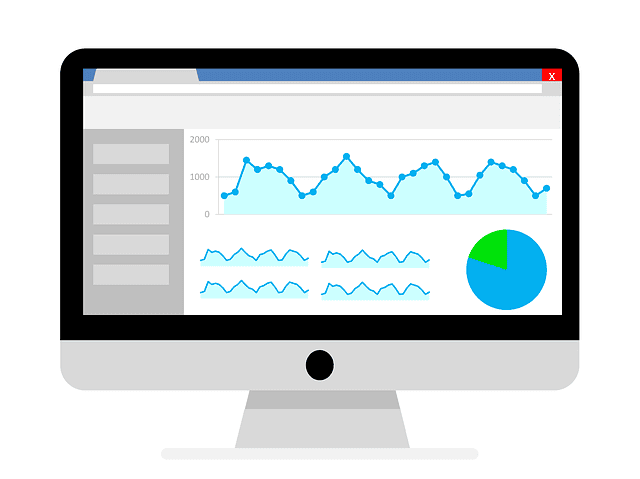For PPC, there are many new technological advances on the horizon that will change how we find an audience for our ads online. This includes artificial intelligence, better audience targeting, improved attribution as well as many other advances.
However, these are all on their way in some form, and some are already here.

So what can we expect from the world of PPC in 2018, and which platforms will be changing the most?
Google and Amazon Ad War
Google and Amazon have had many public bouts of late, and they are competing in a number of different markets. Whether it’s the OS your phone or tablet uses, where you shop, where you buy, or what voice assistant you use, Amazon and Google want you in their own sphere of influence.
Amazon is becoming the go-to place for many people to start their shop and is putting Google’s own product and shopping search under pressure.
Google has a number of ad-driven ways to combat Amazon – Google Express, Local Services and Purchases on Google.
Express has many larger retailers offering similar benefits to Prime – next day delivery and a streamlined check-out.
Ad Automation
With the help of machine learning and artificial intelligence, it’s likely we will see big improvements in automating PPC campaigns.
While this won’t mean we can entirely leave ads to themselves, it should mean manually controlling and changing ad bids will be less important, so we can focus on the creative elements. Creating the best possible ad will be highly important, but automation will play a big part in ensuring audiences see your ads.
Messaging
Google Assistant has been shown to be experimenting with product placements or ads from its own recommendations.
Messenger bots or just the platforms themselves will become a new way for advertisers to reach target audiences.
Google pushes purchases
Google still hasn’t managed to quite nail direct purchasing from the search results.
Google wants to replicate Amazon’s one-click check-out, but on Google itself. This would mean a very simple process from a shopping ad.
Amazon PPC Ad Expansion
Amazon has been developing its own advertising platform for sellers, and it has come a long way.
This allows sellers to post ads on Amazon for specific searches. This includes its own version of search ads.
Amazon is expected to develop this further with programmatic advancements which will come toe-to-toe with Google and Facebook’s PPC businesses, including display and video advertisements.
Ads for voice search
With more smart speakers being sold, and virtual assistants becoming much better, voice search advertising is sure to grow in 2018.
Advertisers need to monitor how this impacts search behaviour, and what the queries will be.
Voice can also give different results back to a customer. Many return results on screen, whether a tablet phone or Amazon’s Alexa with a screen, but many speakers return results via audio itself. This is a challenge for advertisers and marketers alike.
Broad match and broad match modified PPC ads are needed when it comes to voice search.
Paid advertising needs to work in correlation with your SEO to deliver the best results for your business.
Whether the public at large adopt smart speakers is yet to be seen, but more people use it on their phones and devices than ever.
Google and Facebook expand dominance
While marketers may have issues with Google and Facebook, the spend is likely to go up as they really are the giants of the industry and are too big to be realistically challenged anytime soon.
Other options include Bing, LinkedIn, Pinterest, Twitter, Snapchat, and a few others.
Other ad platform popularities rise
While many businesses may have only just started using Facebook ads, it’s likely 2018 may be the year they experiment with other platforms.
Whether it’s LinkedIn, Twitter, Snapchat or otherwise, brands may look to other platforms once they have seen the success they have achieved with Facebook and Google.
Bing ads are also very attractive to particular businesses, and can no longer be ignored in many circumstances. If you aren’t advertising on these alternative platforms, you could be giving your competition a helping hand without realising.
Structured data will be more critical
The mobile-first index means that structured data will become a more critical factor in getting a high ranking, but it is likely to become more important for AdWords and PPC too.
Advertisers can use structured data via product feeds in Merchant Center and Business data which feeds into AdWords, and is expected to be utilised more this year.
Google Manufacturer Centre allows you to upload detailed and rich product information, such as images, descriptions and otherwise. This helps Google’s catalogue, and is available to manufacturers, brand owners, and brand licensors, whether selling to consumers or not.
Google is also likely to start pulling more information into ads, whether this comes from the web page or not.

